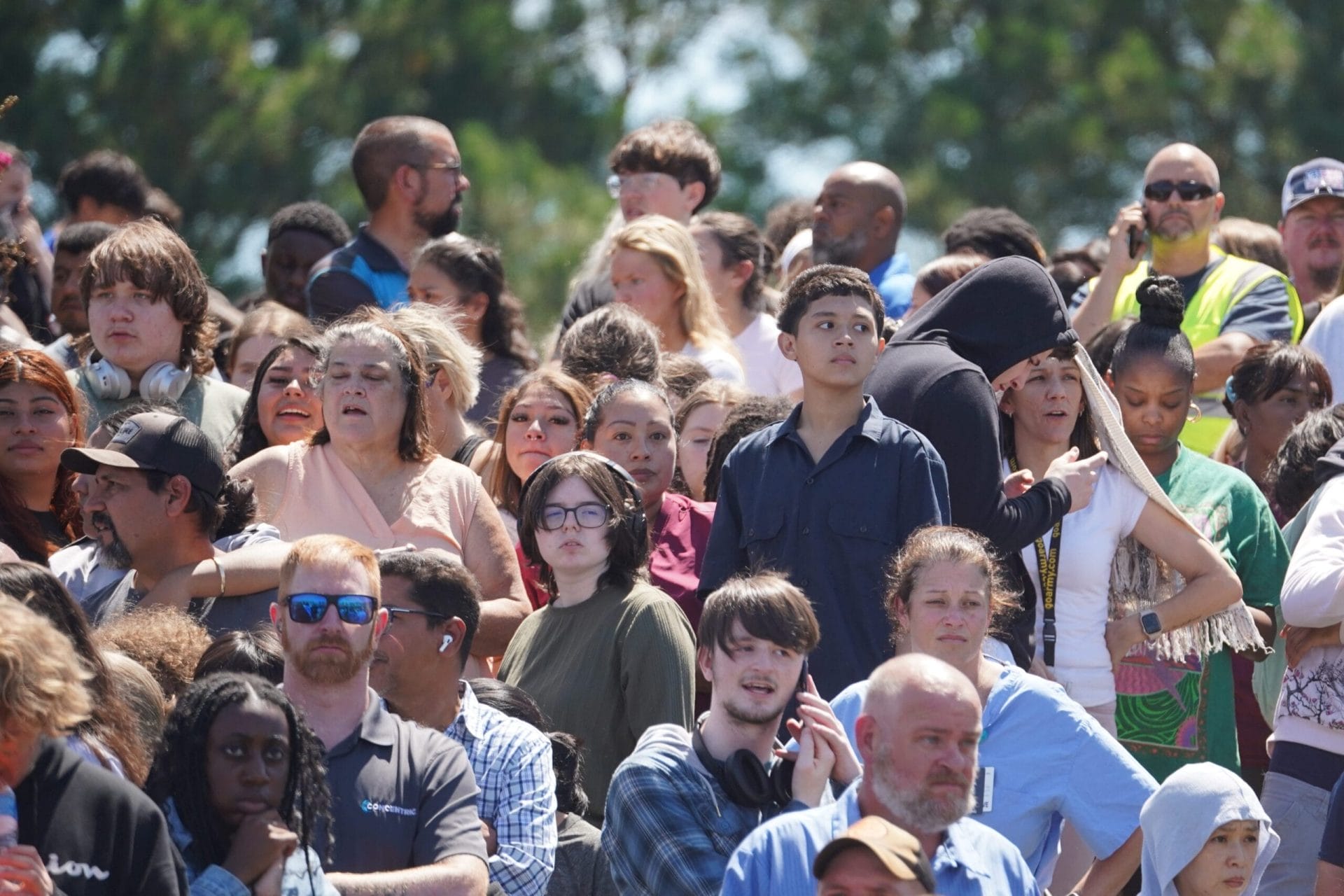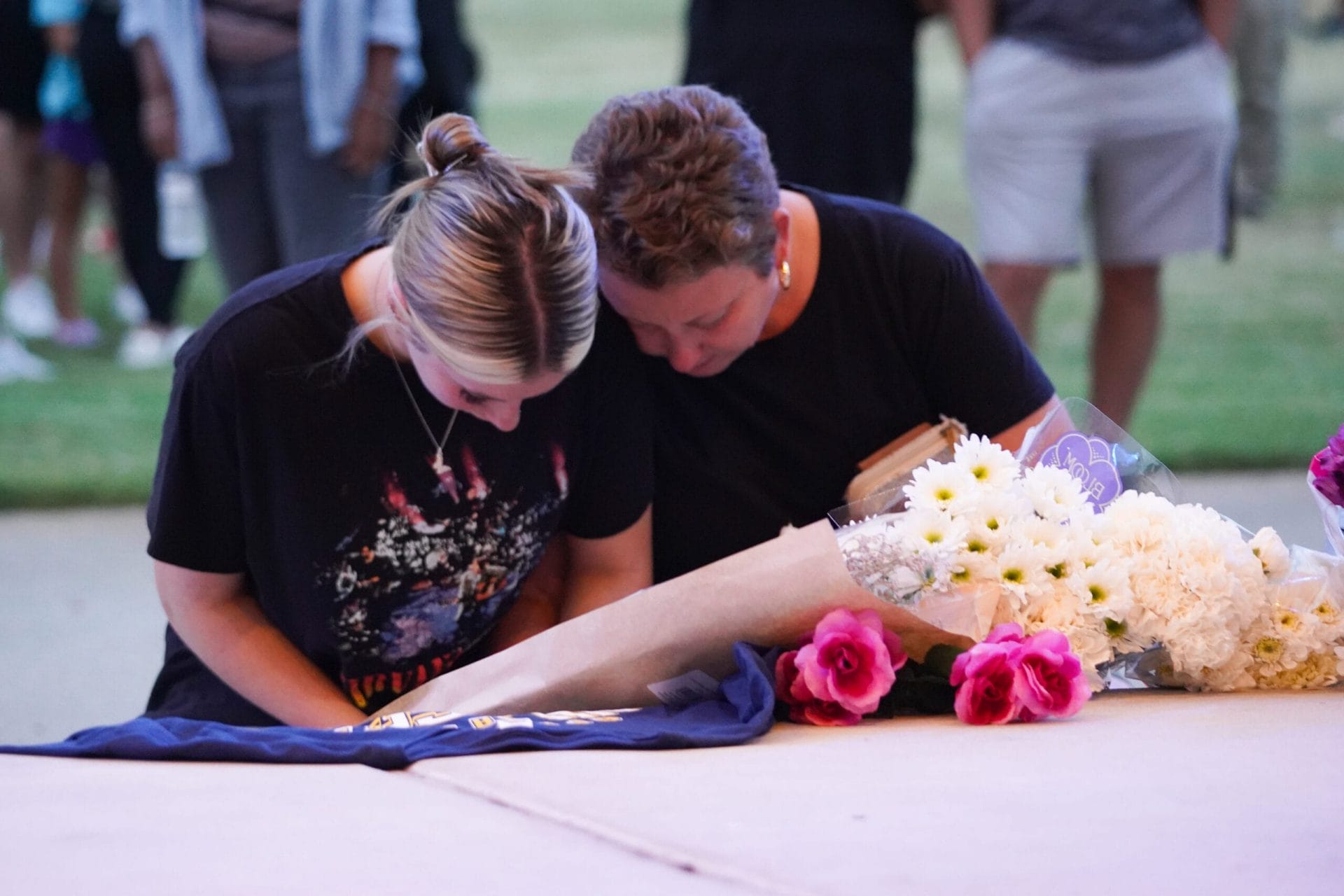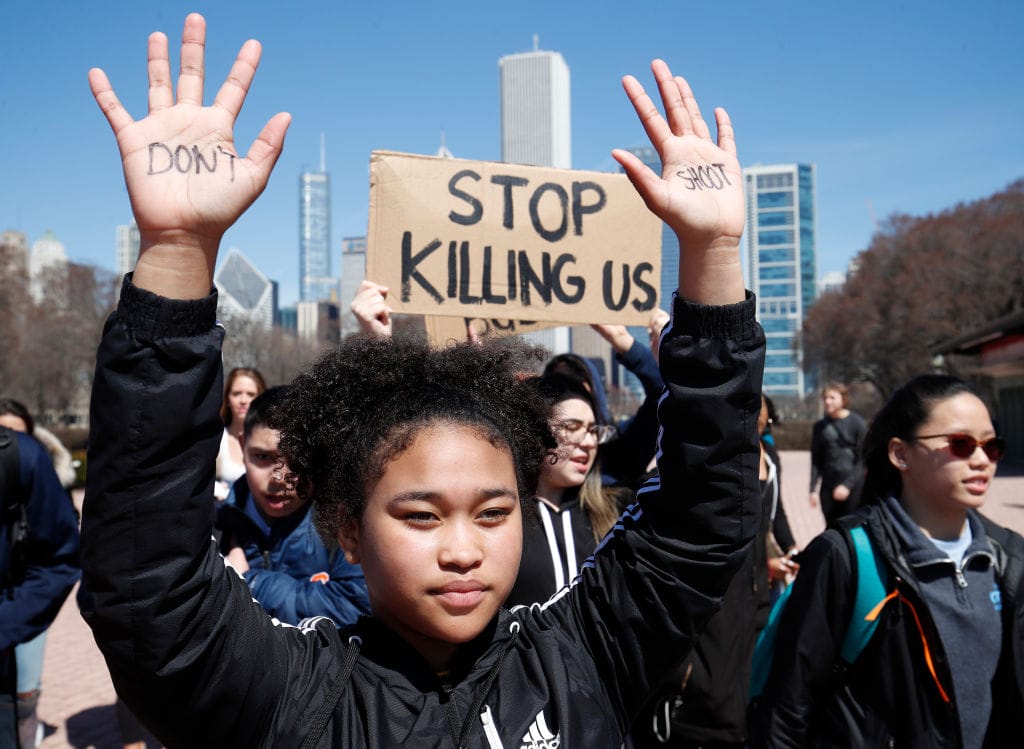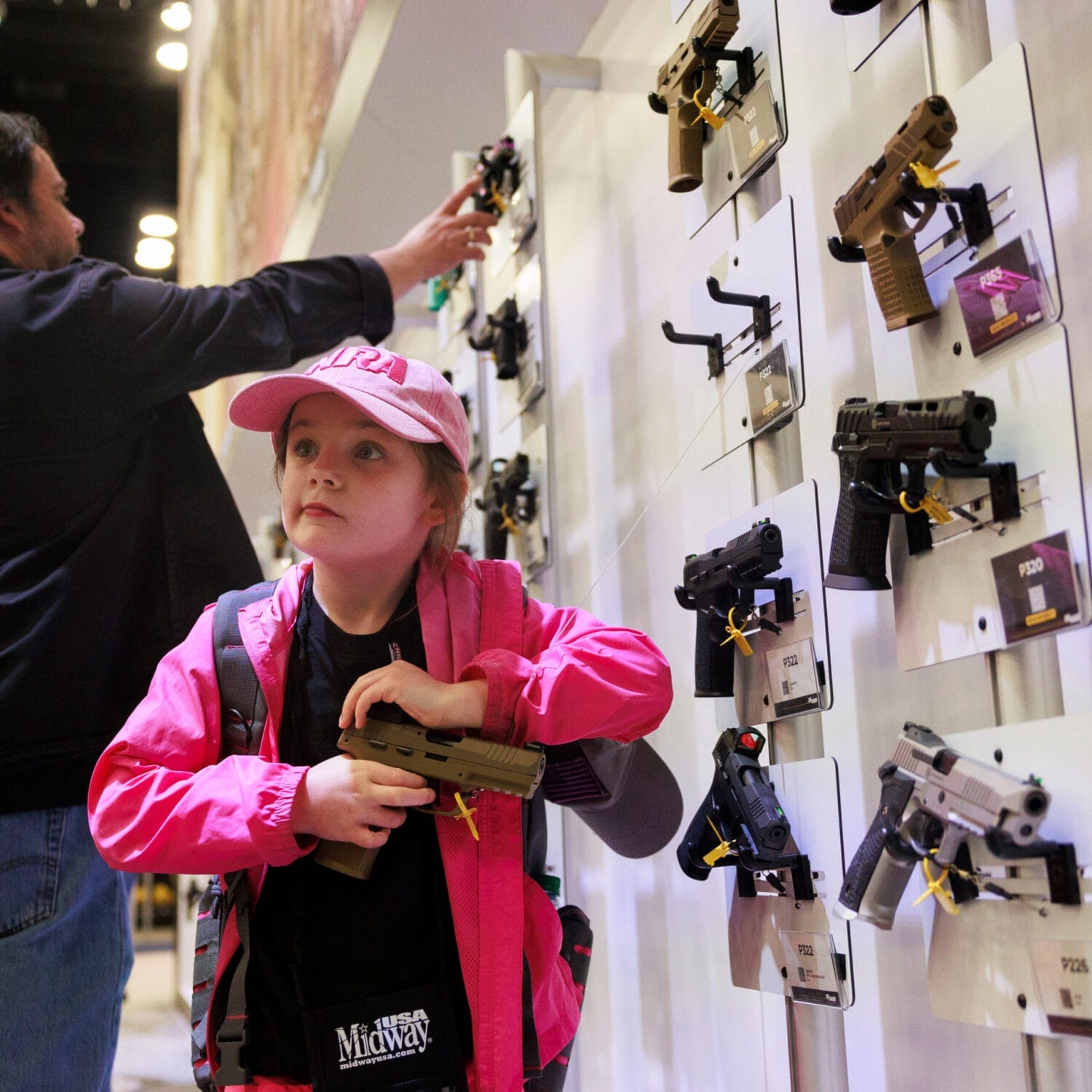
The Apalachee School Shooting Will Traumatize an Entire Community
Back to School, Back to School Shootings
School shootings often cause lasting psychological damage for students, survivors, and even those not directly connected to the event.
While details are still emerging after yesterday’s horrific mass shooting at Apalachee High School in Winder, Georgia—two children and two adults are dead, with at least nine more injured—there are some things we know for certain.
We know that Georgia has terrible gun laws. It consistently earns an F on our Annual Gun Law Scorecard and has a gun death rate 39% above the national average.
We know that school shootings, like all mass shootings, are a uniquely American problem. The US has 57 times as many school shootings as the other major industrialized nations combined.
And we know that even for the children and educators who escaped without physical harm yesterday, there will still be scars that will affect their lives for many years to come. In fact, the trauma of a school shooting casts a wide shadow, damaging the well-being of an entire community.
In response to the increasing frequency of school shootings in recent years, our team has put together a number of resources and analyses that take a deep dive into how the trauma of a mass shooting can damage both survivors and the community at large. We released comprehensive reports on school shootings and trauma following Parkland and again following Uvalde, and we’ve created a toolkit for survivors to cope with the aftermath of gun violence.
A few of the more disturbing facts we’ve uncovered about school shootings and trauma:
- Since Columbine, roughly 40,000 minors have been shot and killed in the United States and more than 382,000 elementary, middle, and high school students have experienced school shootings.
- Exposure to gun violence is especially traumatic for children and teens because their brains are still malleable and developing—witnessing gun violence can actually alter the shape of a child’s brain, impairing normal development.
- Children who survive school shootings are more likely to suffer symptoms of depression, to have lower test scores, and to miss school.
- One study found that antidepressant use among young people near schools that experienced shootings increased by over 20%.
- Students exposed to school shootings are estimated to lose an average of $115,000 in income over the course of their careers due to the impact on their academic experience.
- Even children who are never exposed to school shootings can experience vicarious traumatization. School shootings increase children’s fears of these events, and students with higher levels of concern about school shootings are more likely to later experience diagnosable mental health disorders, including anxiety and panic disorders.
- School shootings have a measurable impact on overall community mental health—stress-related emergency department visits were 14% higher in communities that experienced fatal school shootings.

Community members mourn following the Apalachee High School shooting yesterday.
In The Uvalde Report: A Path Forward for a Community—and Nation—Struggling to Heal, our team spent time with survivors and community members to hear their stories and investigate the resources needed to address the long-term affects from a mass shooting. These sudden, shocking acts of violence have a grave impact on the local community:
Policy solutions like extreme risk protection orders (also known as red-flag laws), child access prevention laws, universal background checks, and raising the minimum age to purchase a gun are essential strategies to prevent school shootings, and we need to fight to put in place leaders who will stand up to the gun lobby and enact these lifesaving gun safety laws.
We also need to focus on increasing resources to support the communities that suffer these traumatic events, particularly young people. That includes:
- Ensuring access to sustainable, quality mental health care.
- Establishing trauma-informed schools that can identify high-risk youth and divert them from violence.
- Funding victim compensation programs that create easy access to additional support services, alleviating the increased financial burden shooting survivors endure.
- Providing opportunities for survivors of school shootings to connect with each other as a source of empathy, support, and advice.
It goes without saying that no one should have to endure the tornado of violence that is a school shooting—touching down seemingly out of nowhere, indiscriminately wreaking havoc, then vanishing as quickly as it appeared. The people whose lives were uprooted by yesterday’s shooting at Apalachee High, and everyone impacted by America’s gun violence crisis, need far more than thoughts and prayers—they need action from our leaders, and they need tangible support for their communities.

TOOLKIT
FROM HEALING TO ACTION
From Healing to Action: A Toolkit for Survivors was created in partnership with Sandy and Lonnie Phillips, who lost their daughter Jesse in the 2012 Aurora, CO, shooting, to guide survivors through the aftermath of gun violence. Using the voices of other gun violence survivors, they’ve outlined helpful tools for navigating those first few weeks after tragedy and using your voice to advocate for change.
Read More


